Epinephrine Hydrochloride Powder
Price range: $300.00 through $4,500.00
Epinephrine Hydrochloride powder for sale , buy Epinephrine Hydrochloride powder online, order Epinephrine Hydrochloride powder online, China supplier Epinephrine Hydrochloride powder , wholesale Epinephrine Hydrochloride powder online,Epinephrine Hydrochloride powder wholesale , bulk buy Epinephrine Hydrochloride powder , where can I buy Epinephrine Hydrochloride powder online, best place to buy Epinephrine Hydrochloride powder online , cheap supplier Epinephrine Hydrochloride powder
Description
Epinephrine Hydrochloride Powder For Sale
Epinephrine Hydrochloride Powder is a potent catecholamine used primarily as a cardiovascular and respiratory stimulant. It acts on alpha and beta-adrenergic receptors, helping to increase heart rate, blood pressure, and bronchodilation. Commonly employed in emergency treatments for anaphylaxis, cardiac arrest, and severe asthma, it is a critical agent in life-saving medical interventions.
Information
- Name: Epinephrine Hydrochloride (also called Adrenaline Hydrochloride)
- Chemical Formula: C₉H₁₃NO₃·HCl
- Molecular Weight: ~219.66 g/mol (base form), ~247.7 g/mol (hydrochloride salt)
- CAS Number: 55-31-2
- Appearance: White to off-white crystalline powder
- Solubility: Freely soluble in water, sparingly soluble in alcohol
⚗️ Chemical Structure
- Core Structure: Catecholamine (a type of phenethylamine with two hydroxyl groups on the benzene ring)
- Form: Typically used as the racemic mixture or L-isomer (Levo-epinephrine is the active physiological isomer)
- pKa: ~8.6
- Stability: Sensitive to light, heat, and air; rapidly oxidizes in solution
💊 Pharmacology
- Class: Sympathomimetic catecholamine; adrenergic agonist
- Mechanism of Action:
- α1 and α2 adrenergic agonist – vasoconstriction
- β1 adrenergic agonist – increases heart rate and contractility
- β2 adrenergic agonist – bronchodilation, vasodilation in skeletal muscle
Effects:
- Increased cardiac output and blood pressure
- Bronchodilation (useful in asthma and anaphylaxis)
- Glycogenolysis and lipolysis stimulation
- Decreased intraocular pressure (used in glaucoma)
🚑 Uses (Medical Applications)
- Anaphylaxis (life-threatening allergic reactions)
- Cardiac arrest (advanced cardiac life support protocols)
- Asthma exacerbations
- Croup (as nebulized solution)
- Prolongation of local anesthetic effect
- Glaucoma (older use)
⚠️ Handling & Storage
- Storage Conditions:
- Store in tightly sealed containers
- Protect from light, moisture, and oxygen
- Recommended storage temperature: 2°C–8°C (36°F–46°F)
- Stability:
- Oxidizes easily, turning brown (formation of adrenochrome and other degradation products)
- Solutions should be freshly prepared or stabilized with antioxidants (e.g., sodium metabisulfite)
- Shelf Life: Limited when in solution; solid powder is more stable if kept under proper conditions
☣️ Toxicity & Safety
- Toxicity: Overdose can lead to arrhythmias, hypertension, cerebral hemorrhage, pulmonary edema
- LD50 (rats, i.v.): ~3 mg/kg
- Hazards:
- May cause serious cardiovascular side effects if mishandled
- Inhalation or skin exposure to powder should be minimized
- PPE: Use gloves, eye protection, lab coat; work in well-ventilated area or fume hood
🧴 Formulation Notes
- Often dissolved in sterile water or saline for injectable preparations
- pH adjustment required (typically ~3.0)
- May include preservatives or antioxidants in commercial formulations
🔬 Quality Standards & Regulatory
- USP/NF Grade Available – for pharmaceutical compounding
- EP/BP/JP monographs available depending on region
- Controlled Substance: Not scheduled, but regulated due to its potent effects
🛒 Availability
- Sold by chemical suppliers in various grades:
- USP, Pharmaceutical Grade – for compounding
- Analytical/Research Grade – for lab use
- Bulk/Raw Material – for formulation
Additional information
| Quantity | 10g, 250g, 500g, 1kg |
|---|

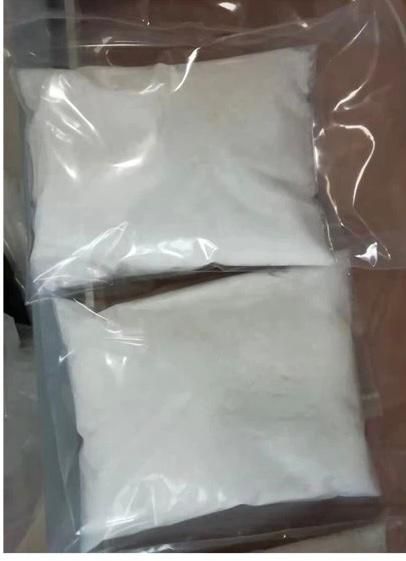
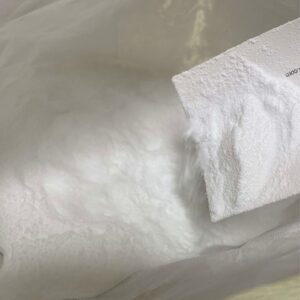
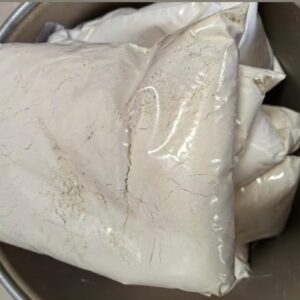
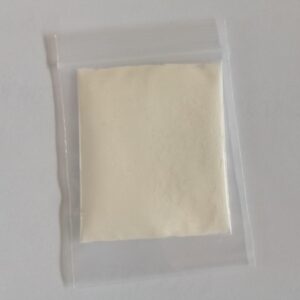
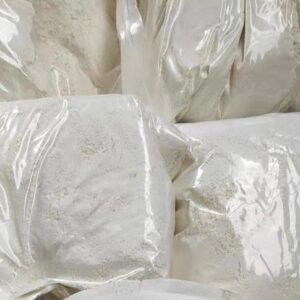
Reviews
There are no reviews yet.